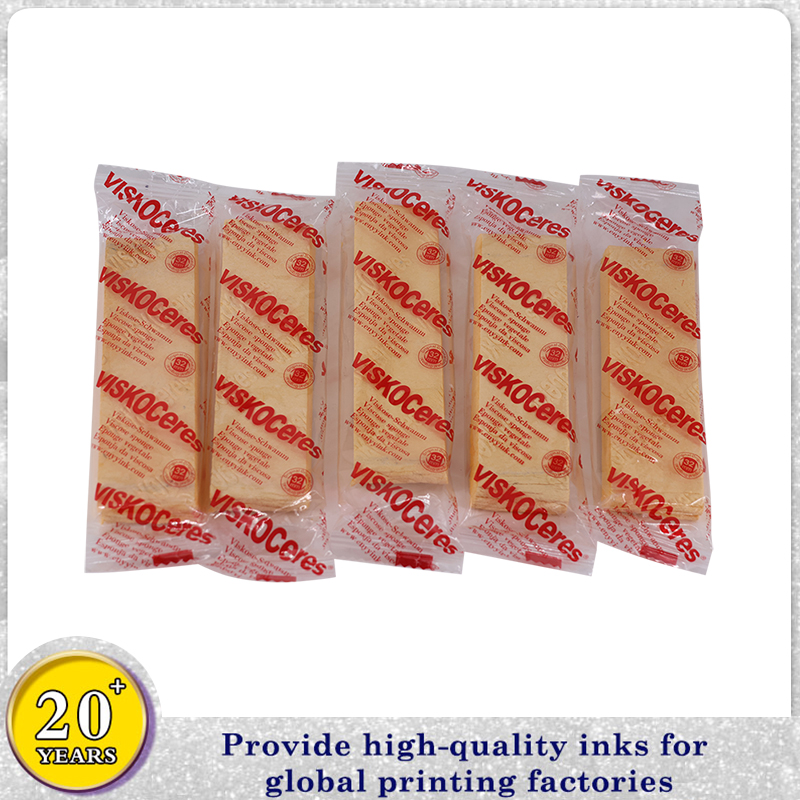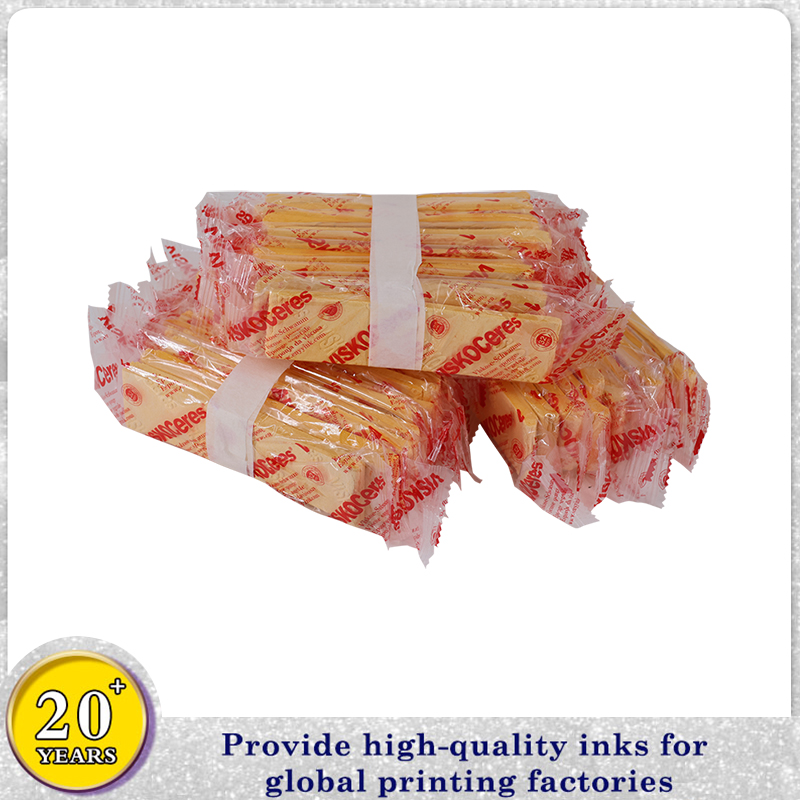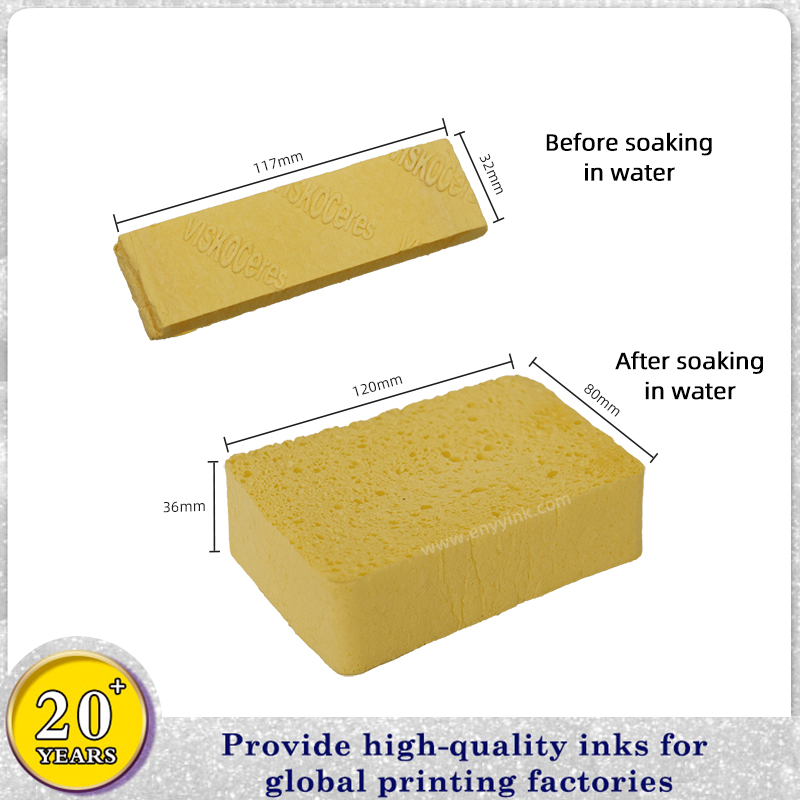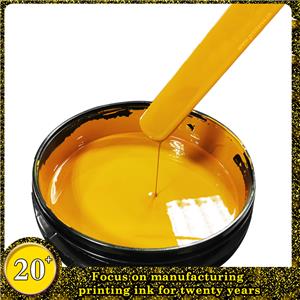Innovative technology empowers traditional printing: How Ceres sponge reshapes industry standards with natural materials
In the printing workshop, there is a seemingly insignificant but crucial tool - the printing sponge. It is responsible for the uniform transfer of ink, the cleaning and maintenance of the printing plate, and even directly affects the color accuracy of the printed product. For a long time, traditional wood pulp sponges have troubled printing masters due to problems such as easy breakage and insufficient water absorption. Recently, an innovative product called Ceres sponge is quietly changing this situation. Its unique wood pulp + cotton pulp composite formula not only increases the water absorption of the sponge by 30%, but also extends its service life by more than 2 times, becoming the "best partner" praised by printing masters.

Part 1: From 100% wood pulp to cotton pulp innovation - a breakthrough in materials science
1.1 Pain points of traditional sponges
"Previous sponges were like 'disposable chopsticks', which would fall off and deform after half a day of use." Master Li, who has been engaged in offset printing for 20 years, recalled. Traditional pure straw pulp sponges have short fibers and loose structures, and they age quickly after repeated squeezing, resulting in frequent replacement during the printing process, which not only affects efficiency but also increases costs.
1.2 The "long fiber advantage" of wood pulp
The Ceres R&D team got inspiration from the papermaking process: the length of wood pulp fibers can reach 2-3 mm. This natural difference gives the material three major characteristics:
Improved toughness: the fiber network is tighter and the tear resistance is increased by 50%
Water absorption and water lock: the microporous structure is optimized, the ink absorption speed is faster and the distribution is uniform
Environmental protection and durability: laboratory data show that 90% of the performance is maintained after 200 consecutive uses

1.3 Formula breakthrough: Finding the golden ratio
"We tested 27 wood pulp and cotton pulp ratios." Zhang Gong, chief engineer of Ceres, revealed. The team finally selected a mixed solution of wood pulp + cotton pulp - wood pulp ensures strength, and cotton pulp maintains the advantage of high water absorption. The synergy of the two makes the product price only 15% higher than traditional sponges, but the overall benefit is improved by more than 300%.
Part 2: On-site witness - efficiency revolution in the printing workshop
2.1 Comparative experiment of a packaging factory in Shenzhen
The factory introduced Ceres sponge for testing in Q1 2025:
| Indicator | Traditional wood pulp sponge | Ceres sponge Improvement | Improvement |
| Print defect rate | 3 times | 1 times | -66.66% |
| Print defect rate | 5% | 1.% | -76% |
| Monthly Consumables Cost | ¥3200 | ¥1800 | -44% |
2.2 User Testimonials
"Now the plate can be cleaned in one wipe, saving half an hour of machine adjustment time." - Mr. Wang, technical director of Dongguan Color Printing Factory
"The edges no longer crack, and a box of sponges can be used for three months." - Ms. Liu, a book and magazine printing operator in Shanghai

Part III: Sustainable value of natural materials
3.1 Environmental certification throughout the entire life cycle
Raw materials: FSC-certified sustainable forests + pesticide-free straw
Production: zero chemical additives, wastewater COD value less than 50mg/L
Disposal: 180 days of natural degradation, compared with petrochemical-based sponges (200 years of degradation)
3.2 Industry impact
The deputy secretary-general of the China Printing Technology Association pointed out: "This idea of 'changing natural with natural' provides a low-threshold solution for the green transformation of small and medium-sized printing companies." It is estimated that if 30% of printing plants in the country adopt such sponges, plastic waste can be reduced by about 120,000 tons each year.
Conclusion: The big manufacturing philosophy behind the small sponge
From the intelligent system of the German Heidelberg printing press to the color management technology of Japan's Komori, the progress of the printing industry often stems from the ultimate pursuit of details. The story of the Ceres sponge tells us: Even in the most basic consumables field, material innovation + user insights can still give rise to disruptive changes. Just as its slogan says - "Ceres sponge, a good helper for printing masters", this may be a small but solid footnote to the leap of Chinese manufacturing from "sufficient" to "good to use".








